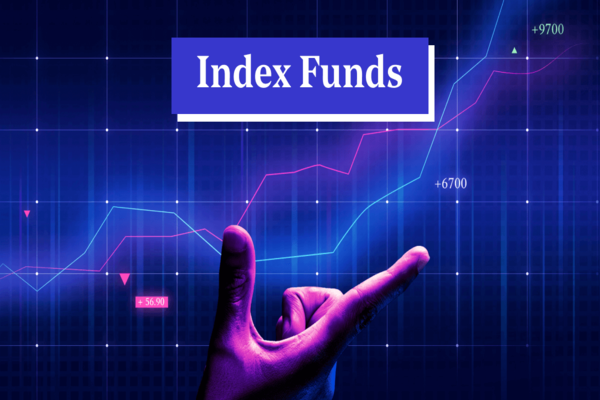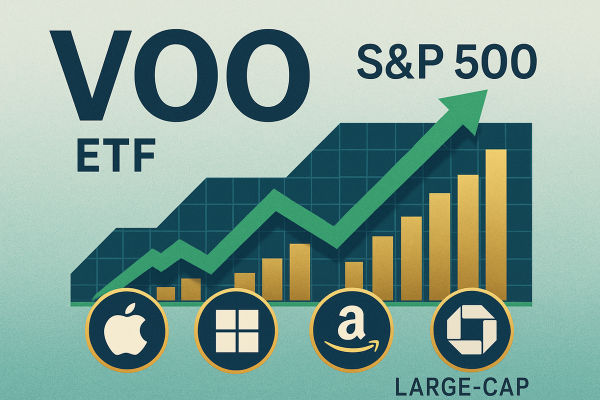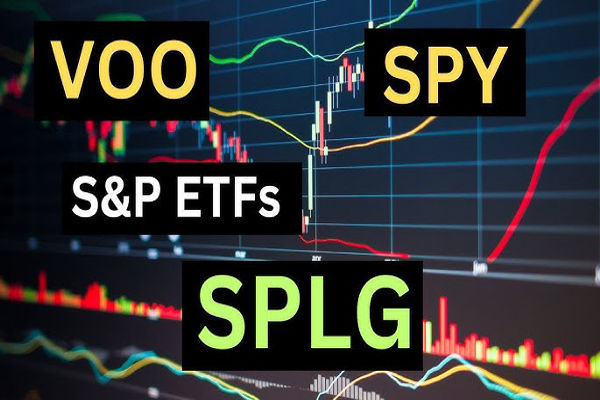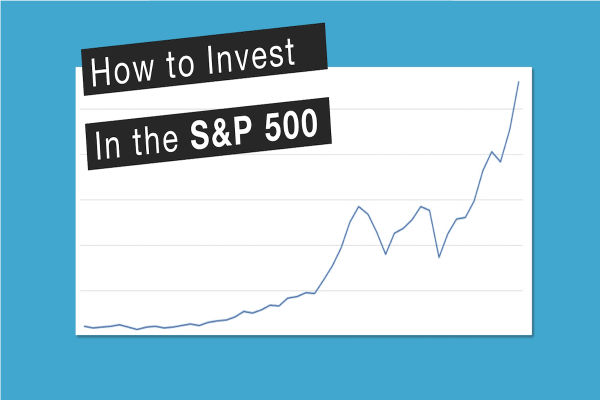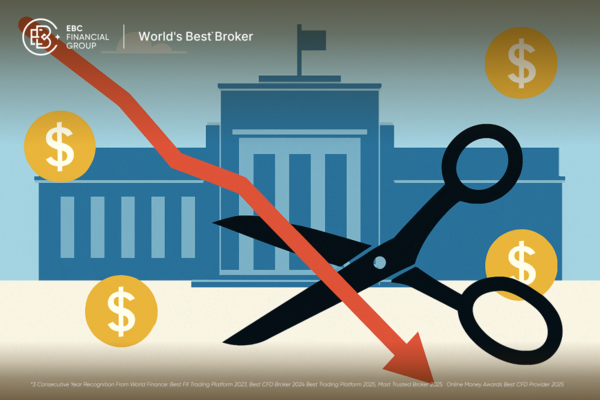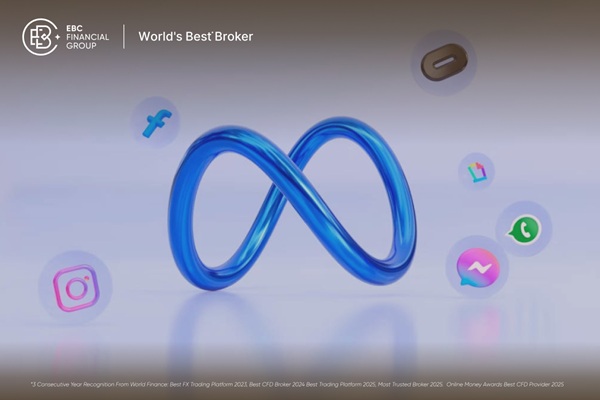With IVV’s dividend yield holding near 1.4%, investors are refocusing on how this S&P 500 ETF turns market performance into dependable cash flow.
What Is IVV Dividends 2025
First of all, what is IVV? The iShares Core S&P 500 ETF (IVV) is an ETF that tracks the S&P 500 Index, giving investors exposure to 500 of the largest publicly traded U.S. companies.
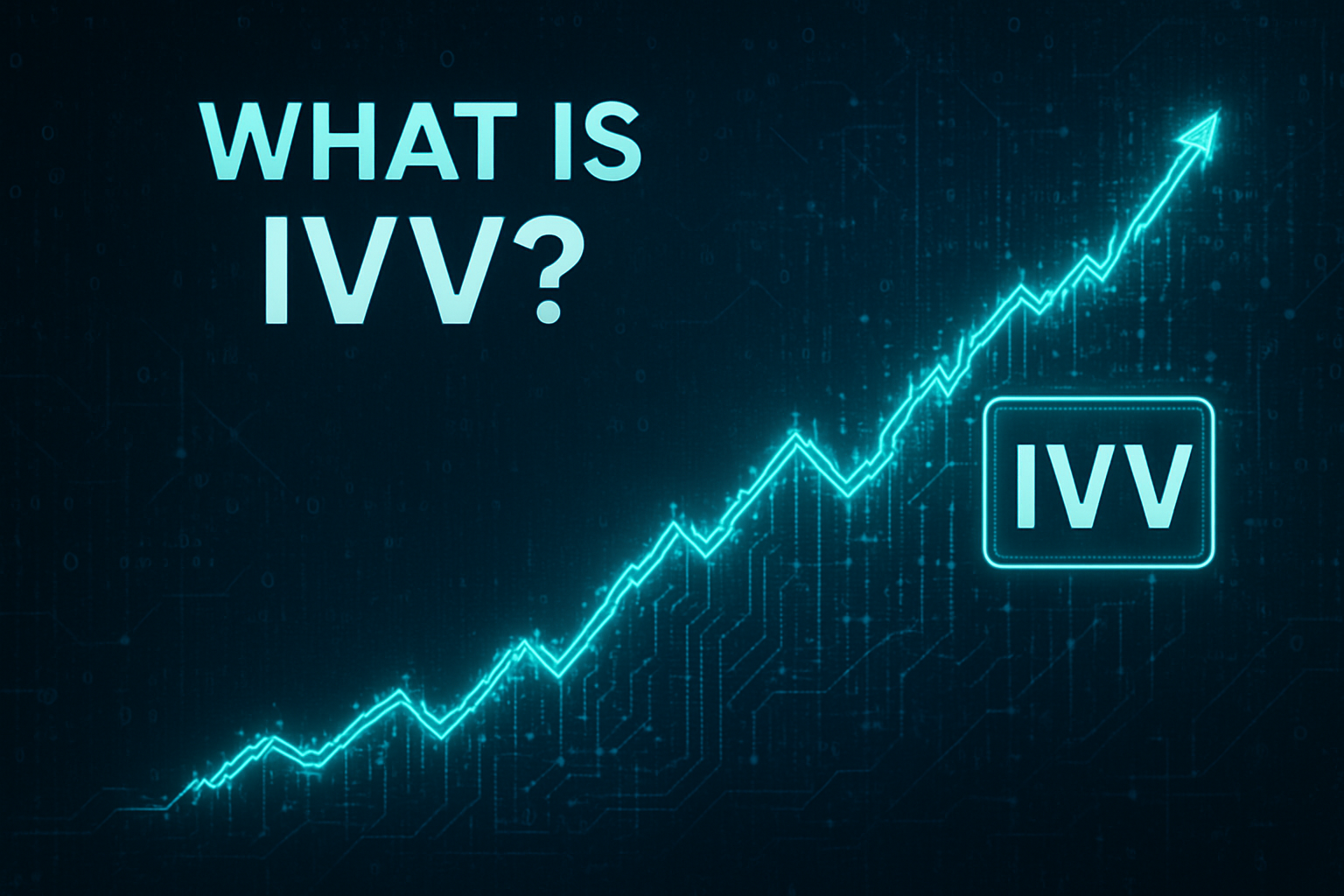
Because IVV holds a broad, highly diversified portfolio, it smooths out idiosyncratic risk from any single stock while still collecting the dividend income generated by its constituents.
As one of the three dominant S&P 500 ETFs alongside SPY and VOO, IVV stands out for its low expense ratio (0.03%) and tight tracking efficiency. It serves as a core holding for both institutional and retail investors seeking long-term growth with consistent dividend payouts.
Over time, IVV’s performance has closely mirrored the total return of the U.S. equity market, making it a preferred choice for those prioritizing stability, liquidity, and steady income over speculative gains.
Latest IVV Dividend Figures And Yield Trends 2025
| Metric |
Value |
| Dividend Yield (TTM) |
~1.16% – 1.17% |
| Annual Dividend (past 12 mo.) |
~$7.76 per share |
| Recent Quarterly Payouts |
Sep 2025: $1.995 (Ex Date: Sep 16)Jun 2025: $1.867 (Ex Date: Jun 16)Mar 2025: $1.765 (Ex Date: Mar 18) |
| Payout Ratio (Fund Level) |
~31.7% |
| SEC Yield / 30-Day Yield |
1.06% (as of Sep 2025) |
The yield is modest as IVV is not a high-income vehicle. Its strength lies in stability and capital growth, supplemented by a consistent dividend stream.
Because its yield is derived from a diversified basket, it’s less prone to wide swings but also less exciting for yield hunters.
How Dividends Work in IVV
IVV gathers dividends paid by the companies in its portfolio, then redistributes that income to shareholders through quarterly payouts.
The mechanism is transparent: ex-dividend dates drive eligibility, payment dates credit shareholder accounts, and reinvestment (via DRIP) is commonly offered by brokers.
Market Trend: IVV Dividend Stability Amid Rate Shifts
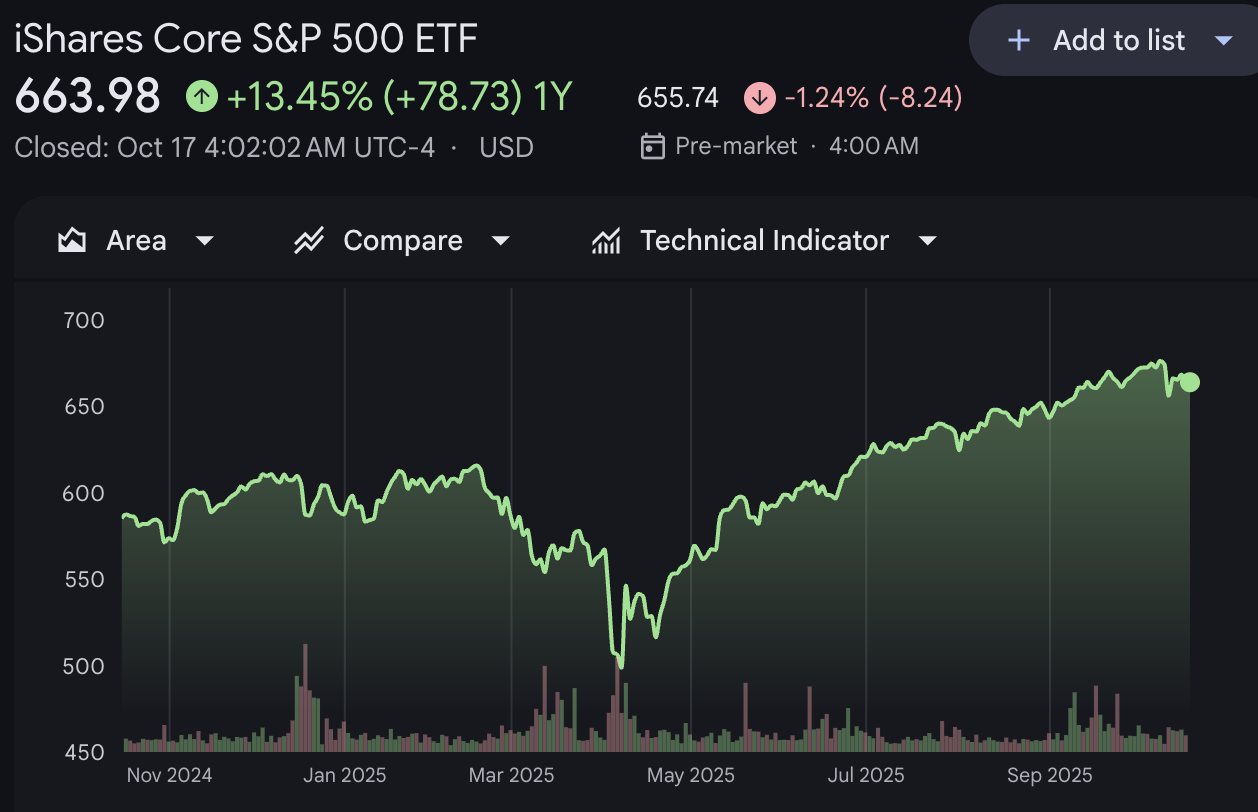
As of October 2025, the S&P 500 remains near record highs, supported by resilient corporate earnings and an improving inflation outlook.
The Federal Reserve’s pause in rate hikes has strengthened investor appetite for income-generating ETFs like IVV, which now offers both stability and moderate yield growth.
Dividend payouts across the index are expected to rise modestly through 2026, led by strong balance sheets in technology, healthcare, and energy sectors.
While IVV’s yield isn’t high compared to dividend-focused funds, its consistency mirrors the health of large-cap U.S. companies, making it a reliable anchor for diversified, long-term portfolios.
Key Risks / Variables of IVV
Interest rates and bond yields: Rising rates tend to compress equity dividend appeal.
Earnings stresses in major sectors: If technology or consumer sectors cut dividends, IVV’s yield could weaken.
Fee drag and tax treatment: Even a low 0.03% expense ratio and dividend tax liabilities can erode net returns over time.
IVV vs SPY vs VOO: Dividend Comparison 2025
Investors often wonder how IVV stacks up against its two major S&P 500 ETF peers, SPY and VOO, when it comes to dividends.
While all three track the same index, subtle differences in expense ratios, yield, and liquidity can influence long-term returns.
| Metric |
Value |
| Dividend Yield (TTM) |
~1.16% – 1.17% |
| Annual Dividend (past 12 mo.) |
~$7.76 per share |
| Recent Quarterly Payouts |
Sep 2025: $1.995 (Ex Date: Sep 16)Jun 2025: $1.867 (Ex Date: Jun 16)Mar 2025: $1.765 (Ex Date: Mar 18) |
| Payout Ratio (Fund Level) |
~31.7% |
| SEC Yield / 30-Day Yield |
1.06% (as of Sep 2025) |
Key Takeaways:
Dividend payouts are very similar across IVV, SPY, and VOO.
IVV and VOO stand out for their minimal expense ratios, making them slightly more efficient over time.
SPY offers higher liquidity and slightly higher yield, appealing for short-term traders or large institutional flows.
For investors focused on steady income rather than trading, IVV’s combination of low cost, consistent dividends, and tight tracking makes it a compelling choice.
Differences in total return over long horizons are largely driven by capital appreciation rather than dividend variation.
Outlook for 2026: What to Expect for IVV Dividends
IVV’s dividend outlook for 2026 depends on the earnings strength of the S&P 500 companies it tracks. Since the ETF distributes income from its underlying holdings, dividend growth tends to mirror the corporate profit cycle of U.S. large caps.
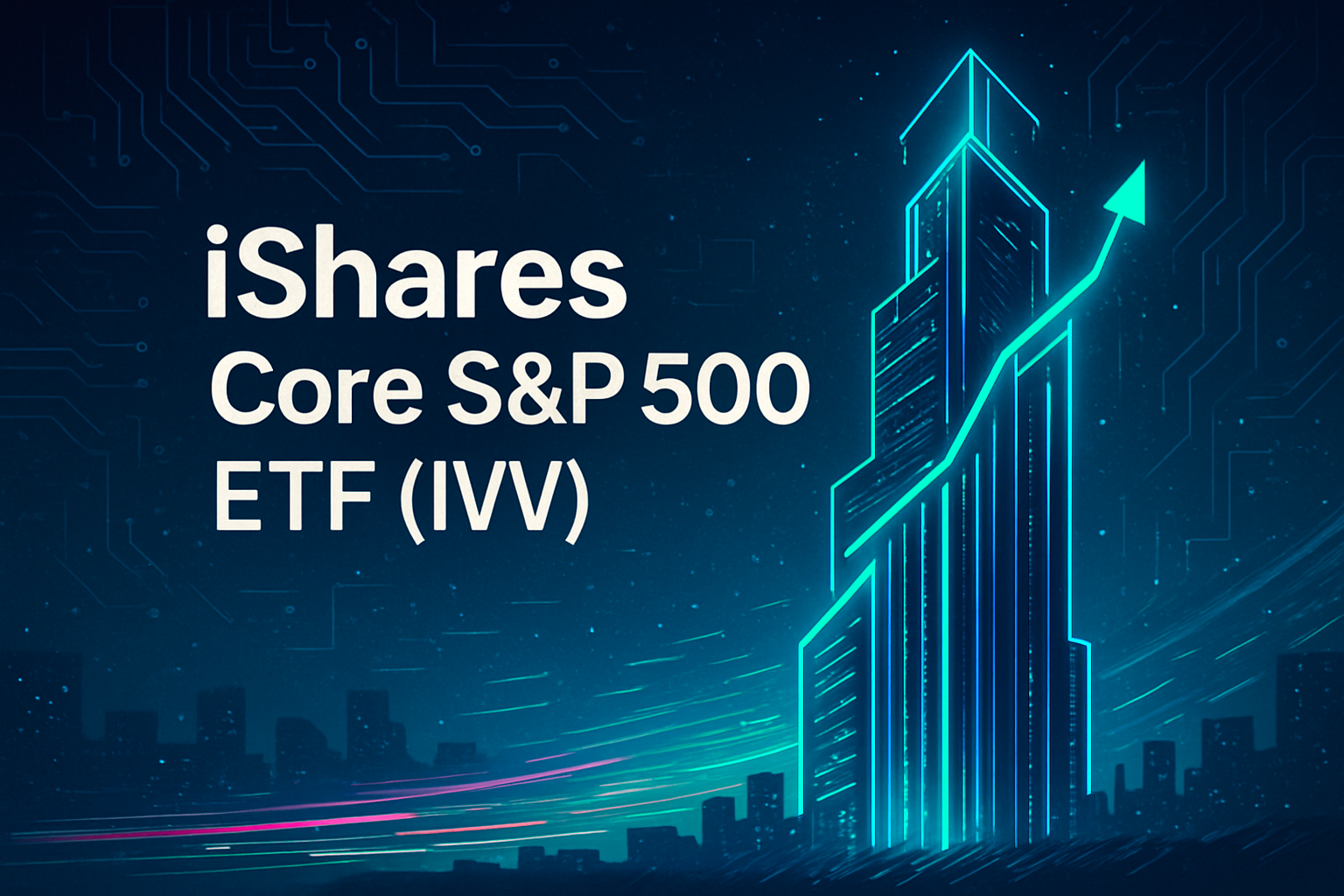
Corporate Earnings and Payout Growth
Analysts expect S&P 500 earnings to grow modestly in 2026 between 7% and 9% year-over-year as inflation continues to cool and borrowing costs stabilize.
Historically, IVV’s dividend growth has followed earnings with a short lag, meaning investors could see another year of moderate dividend increases if profit margins hold steady.
Interest Rate and Inflation Dynamics
By late 2025, the Federal Reserve has shifted toward a more neutral stance after several years of rate tightening.
A lower-rate environment often supports equity valuations and encourages corporations to maintain or raise dividend payouts.
Slower inflation also means that real (inflation-adjusted) dividend income retains more of its purchasing power, making IVV’s distributions relatively more attractive versus bonds.
Key Guides To Trading IVV
Time purchases around ex-dividend dates, buy before ex-date to be eligible for the upcoming payout.
Use DRIP if available. Reinvest dividends to compound returns over time.
Compared to peers, similar ETFs (SPY, VOO) will have nearly identical dividend structures; differences come down to fees and tracking.
Watch growth vs income tradeoff if yield remains low, capital gains may drive more of your total return.
Why IVV Still Matters In 2025
Even though its yield is not spectacular, IVV offers one of the cleanest, lowest-cost ways to combine broad U.S. equity exposure with a predictable quarterly income stream. It balances growth and income, especially for investors who prefer to avoid single-stock volatility.
In markets inching toward lower rates or greater uncertainty, the modest but stable yield of IVV becomes more meaningful, a “foundation income” layer rather than a high-yield play.
Frequently Asked Questions (FAQ)
1.How often does IVV pay dividends?
IVV distributes dividends quarterly, typically in March, June, September, and December. Shareholders must own the ETF before the ex-dividend date to receive the payout.
2. What is IVV’s current dividend yield?
As of October 2025, IVV’s yield is approximately 1.16%–1.17%, reflecting the combined dividends of its S&P 500 holdings.
3. How are IVV dividends paid?
Dividends are paid in cash directly to shareholders’ brokerage accounts, usually a few days after the ex-dividend date. Many brokers offer dividend reinvestment plans (DRIP) to automatically purchase additional shares.
4. Can IVV dividends grow over time?
Yes. IVV’s dividend growth generally mirrors the earnings growth of S&P 500 companies. Analysts expect modest increases in 2026, aligned with projected corporate profit growth of 7–9%.
5. How does IVV compare to other S&P 500 ETFs like SPY and VOO?
IVV, SPY, and VOO have similar dividend schedules and yields. Differences mainly come from expense ratios and slight variations in portfolio composition. IVV’s low 0.03% expense ratio is a key advantage.
Final Thoughts
While IVV is not a high-yield ETF, as its dividend consistency backed by broad market exposure makes it one of the most reliable long-term income vehicles.
For 2026, investors can expect a steady, modest rise in distributions rather than large jumps, aligning with the overall pace of U.S. corporate earnings recovery.
Disclaimer: This material is for general information purposes only and is not intended as (and should not be considered to be) financial, investment or other advice on which reliance should be placed. No opinion given in the material constitutes a recommendation by EBC or the author that any particular investment, security, transaction or investment strategy is suitable for any specific person.









